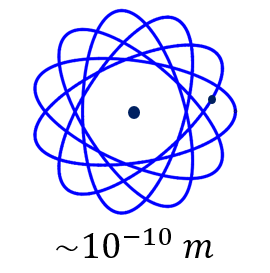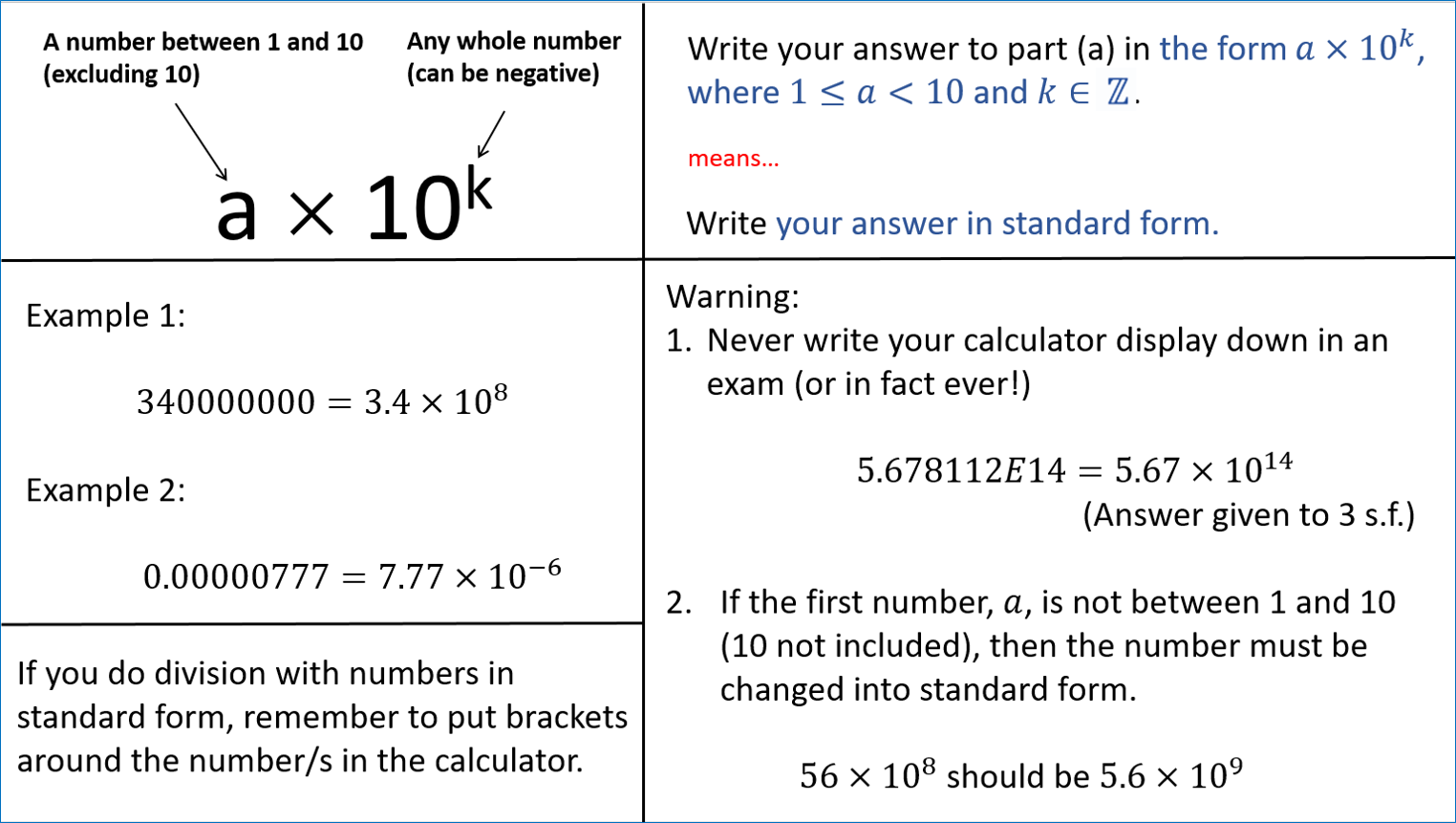\(a \times 10^k, \space where \space 1 \leq a<10 \space and \space k\in \mathbb{Z}\)
This is a small sup-topic to introduce or recap numbers in standard form. We will learn how to convert between numbers in standard form and base form, alongside learning how to operate with this succinct and helpful way to express numbers.
In this unit you should learn to…
-
Convert numbers from standard form to normal form and vice versa.
-
Apply your understanding of standard form in applications questions.
Quiz
Practice your understanding on these quiz questions. Check your answers when you are done and read the worked solutions when you get stuck. If you find there are still some gaps in your understanding then go back to the videos above.
How much of 1.1 Standard Index Form have you understood?




.png)


 Twitter
Twitter  Facebook
Facebook  LinkedIn
LinkedIn